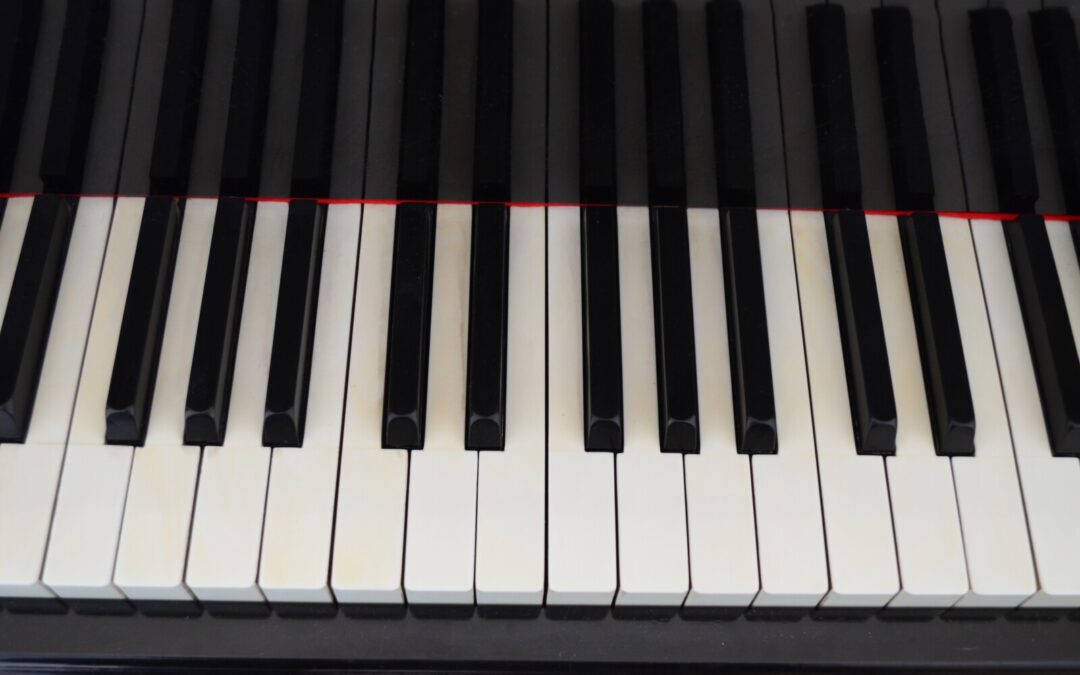The major scale is one of the most widely used musical scales. It is comprised of seven unique notes (and one repeating note) that span the range of an octave. The distance between notes in a major scale always follows this formula: Whole-Half-Whole-Whole-Whole.
It is also the foundation of many other scales that are frequently used in music. The modes are also built from this formula, as is the relative minor.
Having a clear understanding of the major scale will make it much easier to play other types of chords and melody lines. It will also help you to become a more fluent player.
You will need to practice the major scale on a piano regularly in order to learn it properly, but there are some exercises that can help you do that faster. These are all based on memorization and picking hand technique and will make your playing speed increase significantly as you improve your finger strength and muscle memory.
Exercise #1: The Scalar Speed Drill
First of all, you want to make sure that you are using the correct fingerings for your scale. This is done by identifying the first, third, fifth, and seventh degrees (or notes). While the first three keys of a major scale look identical on a keyboard with black keys added to them, the sixth and seventh degrees look different.
Then, you want to practice using your thumb under and your third finger over to play each of the corresponding notes on the scale in this order: A-B-C-D-E-F#.If you have trouble finding the correct fingerings, look at a music book or ask someone who can show you how to do it correctly.
After you are confident with the proper fingerings, try to build a scale on the piano by playing each note one at a time. Do this by starting with the white key that comes before the two black keys on a C major scale and building it from there.
Once you have done this for all of the C major scale degrees, then it’s time to move on to the D major scale and so on. This will help you to understand the scale in a more detailed way and give you a better understanding of how the scale formula works, as well as allowing you to begin building the other scales on the piano.
Exercise #2: The Steps Pattern
Once we’ve built the major scale on a piano, it’s time to start learning how to read it in the music notation. This can be a little difficult at first as you will be seeing the notes in a different order than what you’re used to, but it’s not too hard once you get used to it. You’ll notice that scales are written with key signatures instead of with each accidental placed before the note. This can take some getting used to but once you’ve mastered it, you’ll find it very easy to read and play any scale on the piano!
Now that you’ve learned how to read and build the major scale on a piano, it’s now time to work on memorizing the notes within the scale. This will make it so much easier to learn other scales on the piano and you’ll be able to play them more quickly too!
Harlan Kilstein began playing piano during covid with no piano background at all. He taught himself how to play learning what to do and what not to do.
Today he's an advanced intermediate player and can help you grow in your skills because he learned all this on his own.








